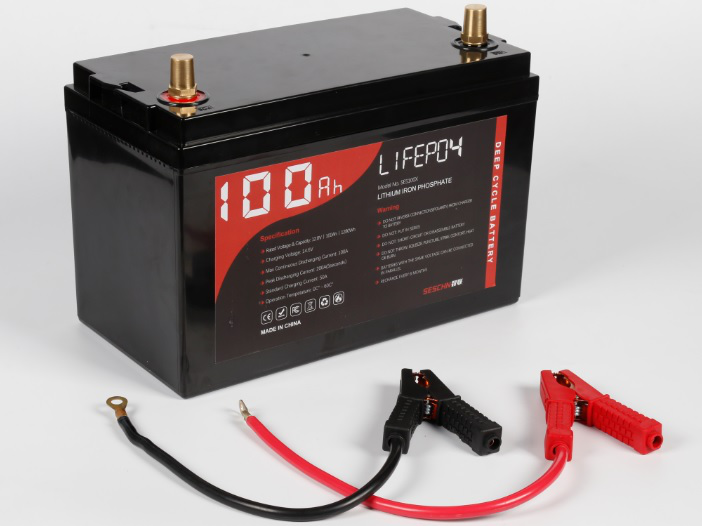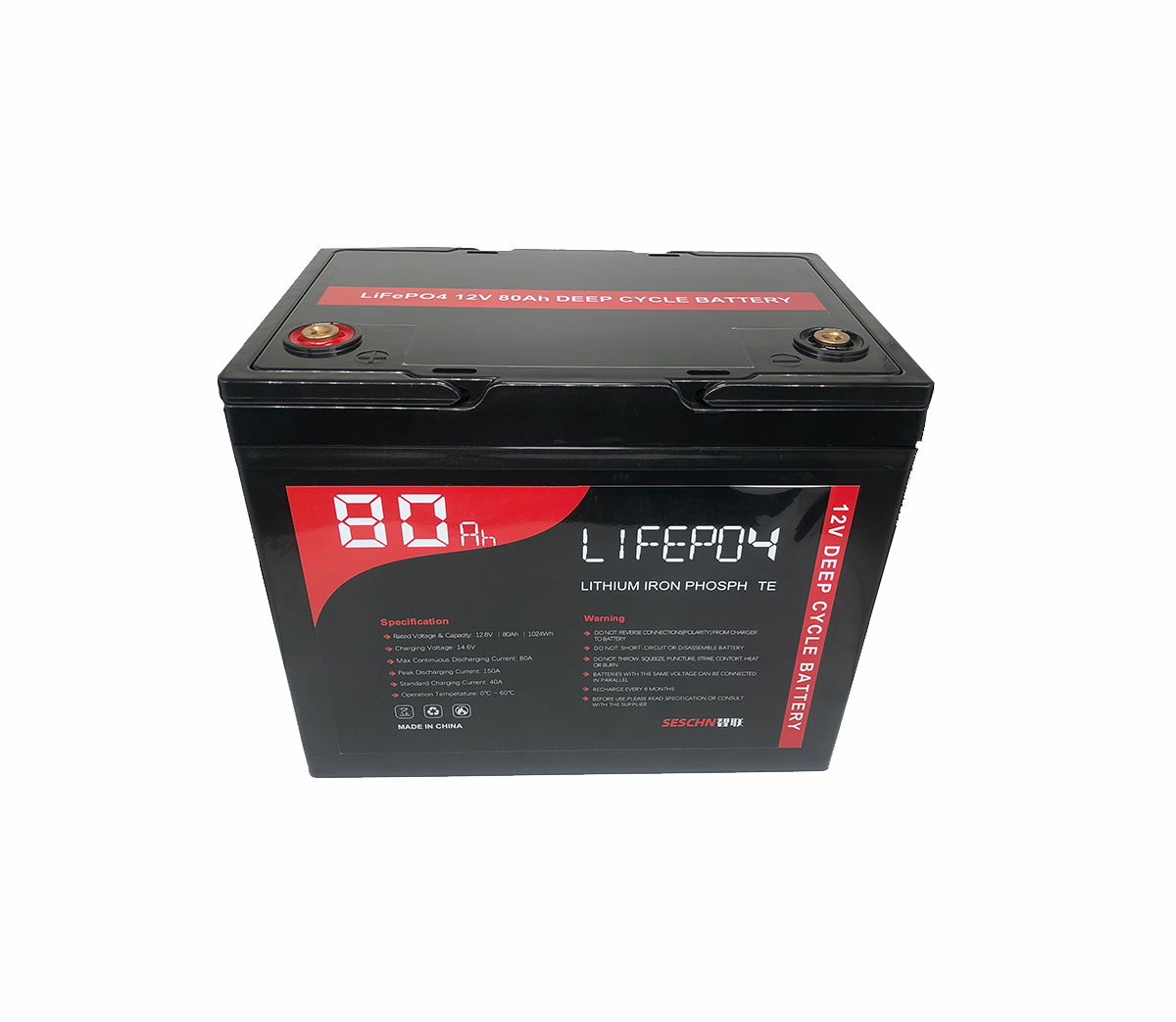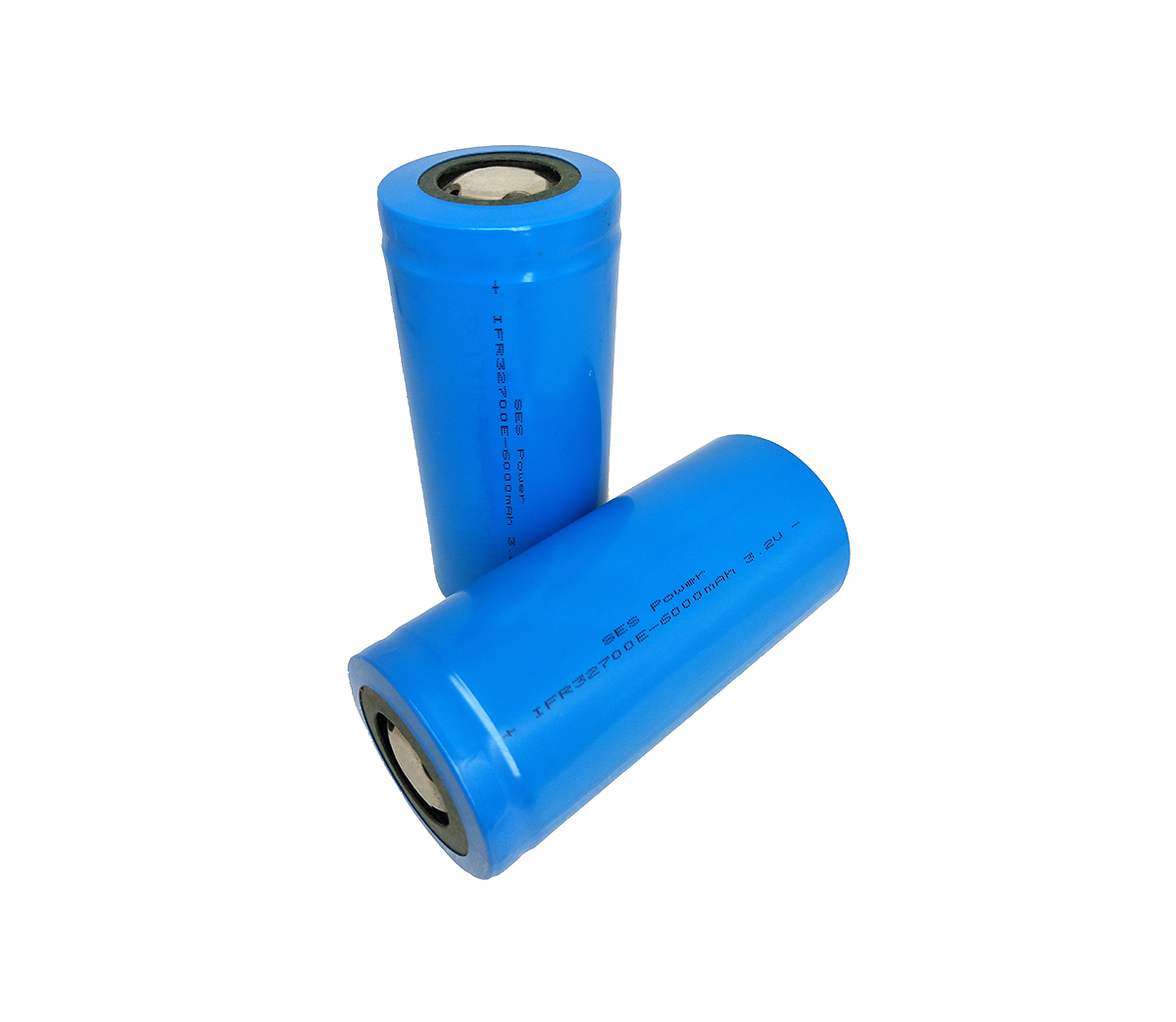The question of the solar photovoltaic industry, the bigger the silicon
wafer, the better?
With the development of the photovoltaic industry, the size of silicon
wafers has become larger and larger. Soon after the 182 and 210 size modules
were launched on the market, larger silicon wafers have come again.
Recently, a silicon wafer manufacturer released 218.2 size silicon wafers
for the first time.
Since the 158.75-size silicon wafer was introduced internally in the
industry in 2018, the speed of silicon wafer size iteration has continued to
accelerate. In 2019, 166 and 210 size silicon wafers will compete with each
other. In 2020, 182 size will suddenly explode, showing a tendency of "meshed
war". Although large size is a recognized silicon wafer development trend in the
industry, can silicon wafers continue to increase in size? How will the
introduction of 218.2 size affect the photovoltaic industry?

A: 218.2 silicon wafer is not a substitute for 210 silicon wafer, both of
which are advanced production capacity
The introduction of the 218.2 size is essentially a continuation of the
dispute between the 182 and 210 sizes. Some calculations show that if the 218.2
size is made into a 60-piece type, its area is similar to the 182-size 72-piece
type. At the same time, the manufacturing cost of large-size silicon wafers is
relatively lower, which can be said to occupy a cost advantage.
Experts pointed out that whether it is 210 size or 218.2 size, it is a
product whose silicon wafer size has jumped to more than 200 mm. There is almost
no difference in the manufacturing process and equipment selection between the
two, and both require the use of a 12-inch single crystal furnace.
In the opinion of relevant persons, the introduction of the 218.2 size does
not mean the failure of the 210 size. Both belong to the advanced production
capacity of the 12-inch series. The goal is to replace the backward and old
production capacity, rather than replace the 210 size with the 218.2 size.
B: Some difficulties need to be overcome to truly realize
industrialization
In fact, after the introduction of 210-size silicon wafers, cell and
component companies have conducted a series of discussions on the load and
current changes of 210 components. The concerns within the industry and the
market about large-size components are not unreasonable.
Although the larger size has brought cost reduction, but also pay attention
to the subsequent safety hazards, upstream and downstream matching,
standardization and other issues. In fact, after the 210-size components were
launched, some people in the industry speculated whether there would be
larger-size components coming out. FraunhoferISE, a European photovoltaic
industry research organization, pointed out that further increase in module size
may bring higher labor requirements, increase labor costs and installation
risks, and ultimately fail to bring value in manufacturing costs and system
costs. In addition, in terms of electrical safety, the safety risks of the
system should also be emphasized and evaluated.
Adjusting the size of silicon wafers not only involves wafer manufacturers,
but also affects companies such as solar cells and components. If the new size
is to be truly industrialized and commercialized, it is necessary to consider
the standardized collaboration between upstream and downstream customers,
equipment and auxiliary material suppliers.
C: Lack of unified standards for upstream and downstream industries
Although there are more and more large-size silicon wafer specifications,
and downstream options continue to increase, the industry is also facing
challenges brought about by the diversification of silicon wafers, solar cells,
and component sizes. A photovoltaic glass manufacturer was worried: “There are
really too many large silicon wafers and high-power components emerging in an
endless stream. The upstream and downstream companies in the industry chain need
a unified industry standard to reduce the loss and cost caused by uneven
size.”
The road of advanced technology towards industrialization and marketization
requires the guidance of standards. In the early stages of product launch, as
different manufacturers explored different technical routes, the differences in
the specifications and dimensions of photovoltaic products are understandable.
However, with the continuous development of the industry and the demand for cost
reduction from upstream and downstream, uniform product specifications and sizes
are the general trend.

Lithium-ion battery (LIB) has become the main energy storage solution in
modern social life. Among them, lithium iron phosphate batteries are a perfect
replacement for lead-acid batteries, and they are the first choice for
grid-connected peak shaving, off-grid energy storage, photovoltaic energy
storage, UPS, data center and other industries.
Solar power generation system with lithium battery energy storage system is
a very promising clean energy.




































